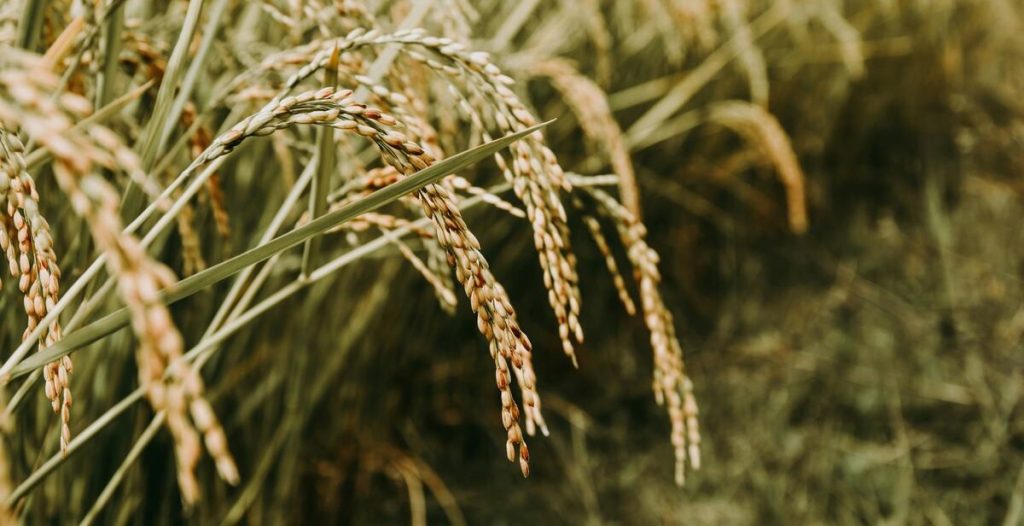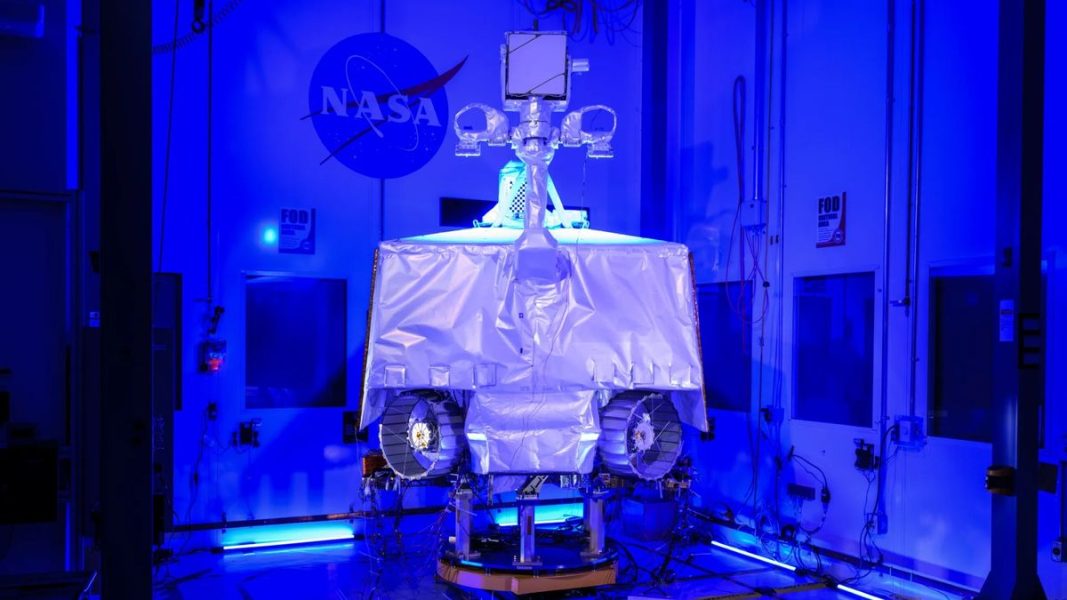The Rice Revolution: Slashing 70% of Methane Emissions While Boosting Yields – Good News Network

Scientists in China experimenting with rice cultivars have been able to crossbreed a non-GMO variety that produces 70% less methane, a potent greenhouse gas that is emitted in large amounts through rice cultivation.The team is now seeking to demonstrate the importance of this new rice to the Chinese government in the hopes that it can be offered to farmers nationwide, as it also yields more rice per acre than most other cultivars.Though composting and livestock are the two most-blamed sources of methane emissions among economic activities, rice farming generates 12% of global methane emissions. Methane’s contribution to the greenhouse effect is much more potent than carbon dioxide. However, with a half-life of less than a decade, its effects on climate change aren’t well understood.Some climatologists say that methane’s potency and fast decay mean it should be a key target to prevent the worst effects of 2°C of average yearly warming, while others have argued that because CO2 lasts hundreds of years in the atmosphere, it’s far more important to address it, rather than methane, because every particle we release today will be something we have to deal with for hundreds of years to come.Whatever the case may be, a team of agronomists from universities in Hunan and Zhejiang provinces in China, and the Uppsala BioCenter at the Swedish University of Agricultural Sciences wanted to see if it were possible to breed a rice cultivar with high yields and low methane emissions.The team first found a rice cultivar that had low methane emissions and compared it to another one that had normal emissions to identify what the difference was between the two.In the team’s study published in Cell Molecular Plant, they identified that the rice’s root components called exudates produce a common acid ester called fumarate. This is fed on by archaea in the surrounding soil, which produce methane as a byproduct.They further confirmed the roll of fumarate by adding oxantel, a chemical that inhibits the enzymatic breakdown of fumarate, into the soil of potted high-methane cultivars of rice in their lab and saw that the methane production dropped precipitously.“It was almost like having a riddle,” says Anna Schnürer, a microbiologist at the Uppsala BioCenter. “We noticed that the soil itself contained something that reduced methane emissions, so we started thinking that there must be an inhibitor of some kind that is also causing the difference between the varieties.”LEVERAGING THE SOIL: Scientists Are Recycling Wastewater to Reclaim Valuable Phosphorous to Put Back in SoilBut with fumarate production equal between the two, the researchers needed to look for another answer as to why some cultivars released less methane. The answer was ethanol produced by rice and exuded into the soil.The scientists then sought to answer a simple question: could you crossbreed high ethanol (and therefore low methane) producing rice with a high-yield breed all without using any GMOs to create more rice for fewer emissions?MORE SCIENCE FOR GOOD: Topping Soil With Rock Dust Could Suck Billions of Tons of CO2 From the Air and Increase Crop Nutrients – StudyTaking a normal high-yield rice varietal and breeding it with the Heijing cultivar, which was high in ethanol production, they achieved their goal with substantial success. A two-year field trial in China demonstrated more than 60% fewer methane emissions while yielding 8.96 tons/hectare on average, compared to the 2024 global average of 4.71 tons/hectare.“This study shows that you can have low methane and still have a rice with high yields,” Anna Schnürer told Sci-tech Daily. “And you can do it using traditional breeding methods, without GMO, if you know what you’re looking for.”SHARE This Much-Needed Invention In The Fights Against Hunger And Climate Change… Want A Morning Jolt of Good News?You must be logged in to post a comment.Want A Morning Jolt
of Good News?






